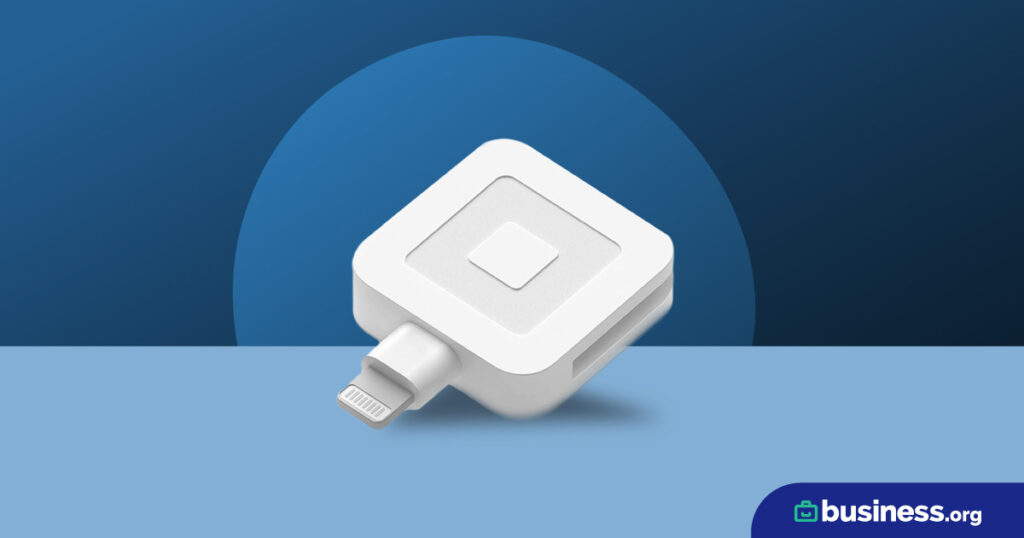We are committed to sharing unbiased reviews. Some of the links on our site are from our partners who compensate us. Read our editorial guidelines and advertising disclosure.
What Are the Steps to Pricing a Product?
Pricing your products can feel like a shot in the dark—especially if you’re a new business owner. But fortunately, prices aren’t set in stone. Once you set a price, you have the freedom to experiment, changing it as you see fit. And by learning the steps to pricing a product, you’ll be better equipped to set the right prices from the get-go.
Here, we’ll explore common pricing strategies for small businesses and discuss the benefits of finding the right pricing for your products.
Table of contents
Why does product pricing matter?
Product pricing is one of the most important decisions you’ll make as a small-business owner. The right price will influence just about every aspect of your business, from your profit margins and cash flow to your brand reputation. Even a small change to your pricing can have a big impact on how your customers perceive your brand—and whether or not they choose to support your business.
By signing up I agree to the Terms of Use and Privacy Policy.
Steps to pricing a product
There are a few important steps every small-business owner should take when setting prices.
- Calculate costs. First, evaluate the costs of producing and selling your products. Don’t forget to consider the cost of raw materials, labor, packaging, storage, shipping, and any other overhead costs. You’ll also need to assess fixed costs, like insurance payments, leases, employee salaries, and taxes.
- Add a profit margin. Once you’ve calculated all costs, it’s time to add a profit margin—the amount you’ll walk away with once all costs have been accounted for. Profit margins vary by industry, but most fall between 5% and 20%.
- Review competitor pricing. It’s important to research your competitors’ pricing before determining your pricing strategy. A low price may capture a greater share of the market, but it will also reduce your profit margins. Conversely, a high price will increase your profit margins but could reduce your market share.
- Choose a pricing strategy. Study a range of pricing strategies to determine the best option for your business needs. Often, you can discover the most effective pricing methods for your industry during the previous step, looking at how other small businesses price their products.
- Set a price. Finally, it’s time to set your product’s price. Luckily, this number isn’t set in stone. You can optimize your profitability by monitoring your pricing and making adjustments as needed.
Pricing strategies
Small-business owners can use a variety of methods to set the prices for their products. Each method has its own set of pros and cons, so it's important to research each method carefully and learn the most effective strategies for your industry.
Here are some of the most common pricing strategies for small businesses:
- Cost-plus pricing: Pricing based on total costs, plus profit margins.
- Dynamic pricing: Pricing that varies by the hour, day, or week based on market demands.
- Penetration pricing: An initial low price that motivates customers to buy.
- Value-based pricing: Pricing based on the customer’s perceived value of the product.
- Premium pricing: Pricing a product higher than a competitor in order to positively influence customers’ perceived value of the product.
- Competitive pricing: Pricing based on competitor prices.

Square lets you get started for free. The account is free, the app is free, and your first mobile card reader is free. You simply pay as you process.
The takeaway
Product pricing is a critical element of any successful small business. While you’re certainly free to change your prices at any time, you can eliminate much of the guesswork by learning more about the steps of pricing a product.
Every pricing strategy has its benefits and drawbacks, and it's important to take the time to study each option to determine the best method for your business. Once you find the right price, you’ll see immediate results, including greater profit margins, increased market share, and a bolstered brand reputation.
Would you like to learn more about pricing and selling your products? Check out Business.org’s Best Credit Card Processing Services of 2022.
Related reading
Pricing a Product FAQ
The steps to pricing a product can vary depending on your industry. Here are some of the key steps to take before you choose a price:
- Calculate costs.
- Add a profit margin.
- Review competitor pricing.
- Choose a pricing strategy.
- Set a price.
Before you price a product for your small business, it’s important to familiarize yourself with common pricing strategies used in your industry. Then, determine your price elasticity—the relationship between the demand for a product and its price.
Next, it’s time to calculate costs of production, marketing, sales, promotion, etc. Once you come up with this number, add a profit margin (usually between 5% and 20%) and set your price. Don’t be afraid to experiment and change your prices as your company evolves.
While there are many types of pricing strategies, here are five of the most common methods for small businesses:
- Competition-based pricing: Base your price off the competition. (A higher price will result in higher product margins but a lower market share. A lower price will result in a higher market share but lower profit margins.)
- Cost-plus pricing: Calculate the exact cost of production, then multiply that number by the market percentage.
- Value-based pricing: Set prices based on market research and the customer’s perception of value.
- Dynamic pricing: Vary the pricing based on factors like demand, time of year, type of service or product, etc.
- High-low pricing: Set a reference price, then use frequent sales to reduce the price for a period of time.
Your small business pricing strategy can be broken down into four simple steps:
- Determine production costs.
- Calculate the cost of selling a product.
- Conduct a competitor analysis.
- Evaluate the customer’s perception of value.
Once you’ve gone through these four steps, it’s time to set the price. Remember that your sales price needs to be higher than the cost of selling and producing the product while staying within the range of the customer’s perceived value.
Disclaimer
At Business.org, our research is meant to offer general product and service recommendations. We don't guarantee that our suggestions will work best for each individual or business, so consider your unique needs when choosing products and services.




